Some sophisticated libraries now equip developers with the tools to build and deploy them. These libraries often come with ready-to-use “skills” or “tools” that grant agents immediate capabilities, such as executing swaps on a DEX, posting to decentralized social media, or fetching and interpreting on-chain data. A key innovation is the ability to understand natural language instructions and take action on them. For example, an agent can “swap 1 ETH for USDC on the most liquid exchange” without manual intervention. To function, these agents must be provisioned with access to essential Web3 components: RPC nodes to read and write to the blockchain, indexed datasets for efficient querying, and dedicated crypto wallets to hold and transact with digital assets.
How to build Web3 AI Agents with Google Cloud
Google Cloud provides a flexible, end-to-end suite of tools for building Web3 AI Agents, allowing you to start simple and scale to highly complex, customized solutions:
1. For rapid prototyping and no-code development: Vertex AI Agent Builder
Conversational Agents allows for rapid prototyping and deployment of agents through a user-friendly interface, making it accessible even for non-technical users (refer to the Agent Builder codelab for a quick start). To facilitate this simplicity and speed, the platform provides a focused set of foundational tools. Agents can be easily augmented with standard capabilities like leveraging datastores, performing Google searches, or accessing websites and files. However, for more advanced functionalities—such as integrating crypto wallets, ensuring MCP compatibility, or implementing custom models and orchestration—custom development is the recommended path.
2. For full control and custom agent architecture: Open-source frameworks on Vertex AI
For highly customized needs, developers can build their own agent architecture using open-source frameworks (Agent Development Kit, LangGraph, CrewAI) powered by state-of-the-art LLMs like Gemini (including Gemini 2.5 Pro which leads the Chatbot Arena at the time of publication) and Claude which are available through Vertex AI. A typical Web3 Agent architecture (shown below) involves a user interface, an agent runtime orchestrating tasks, an LLM for reasoning, memory for state management, and various tools/plugins (blockchain connectors, wallet managers, search, etc.) connected via adapters.








